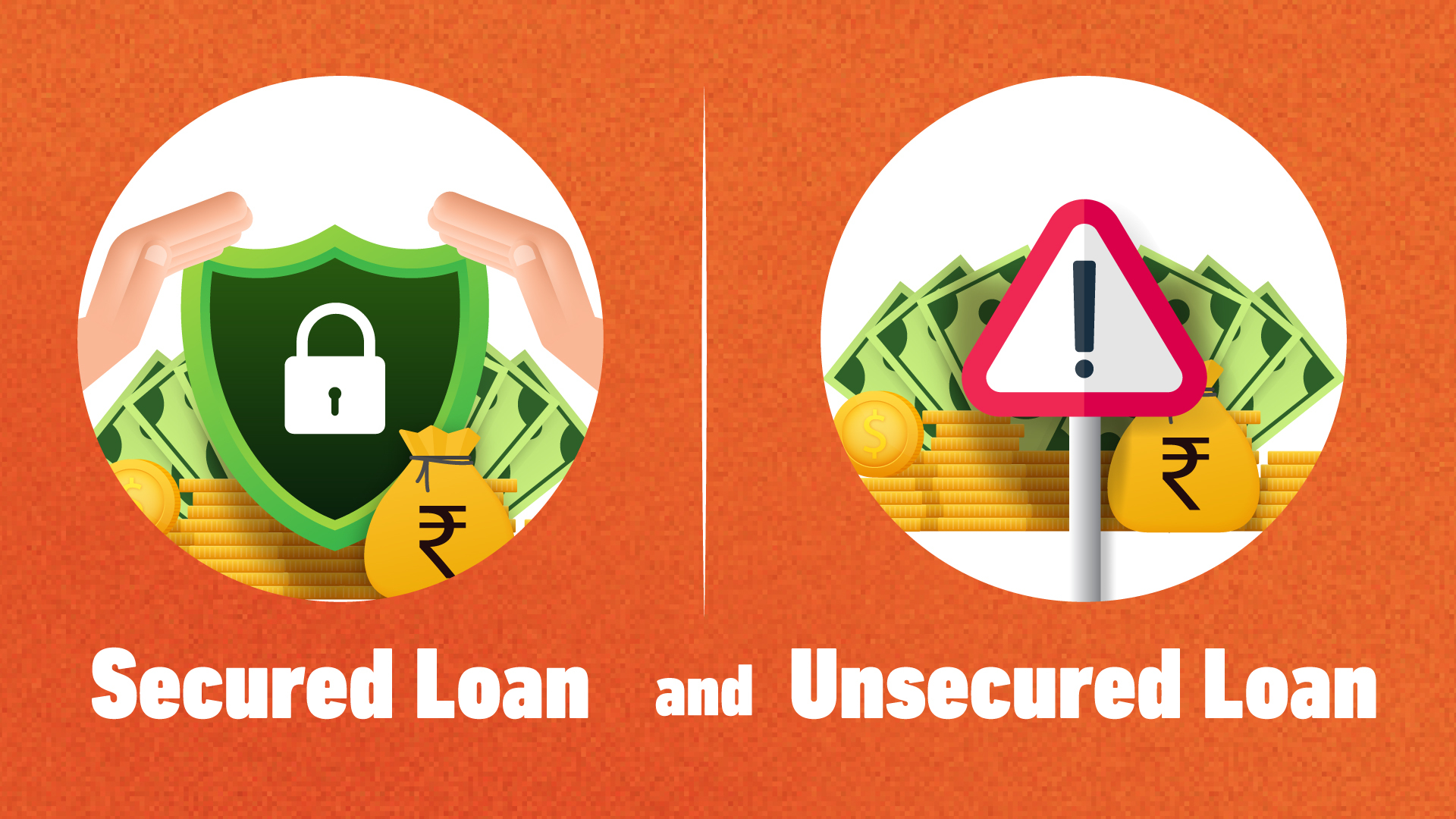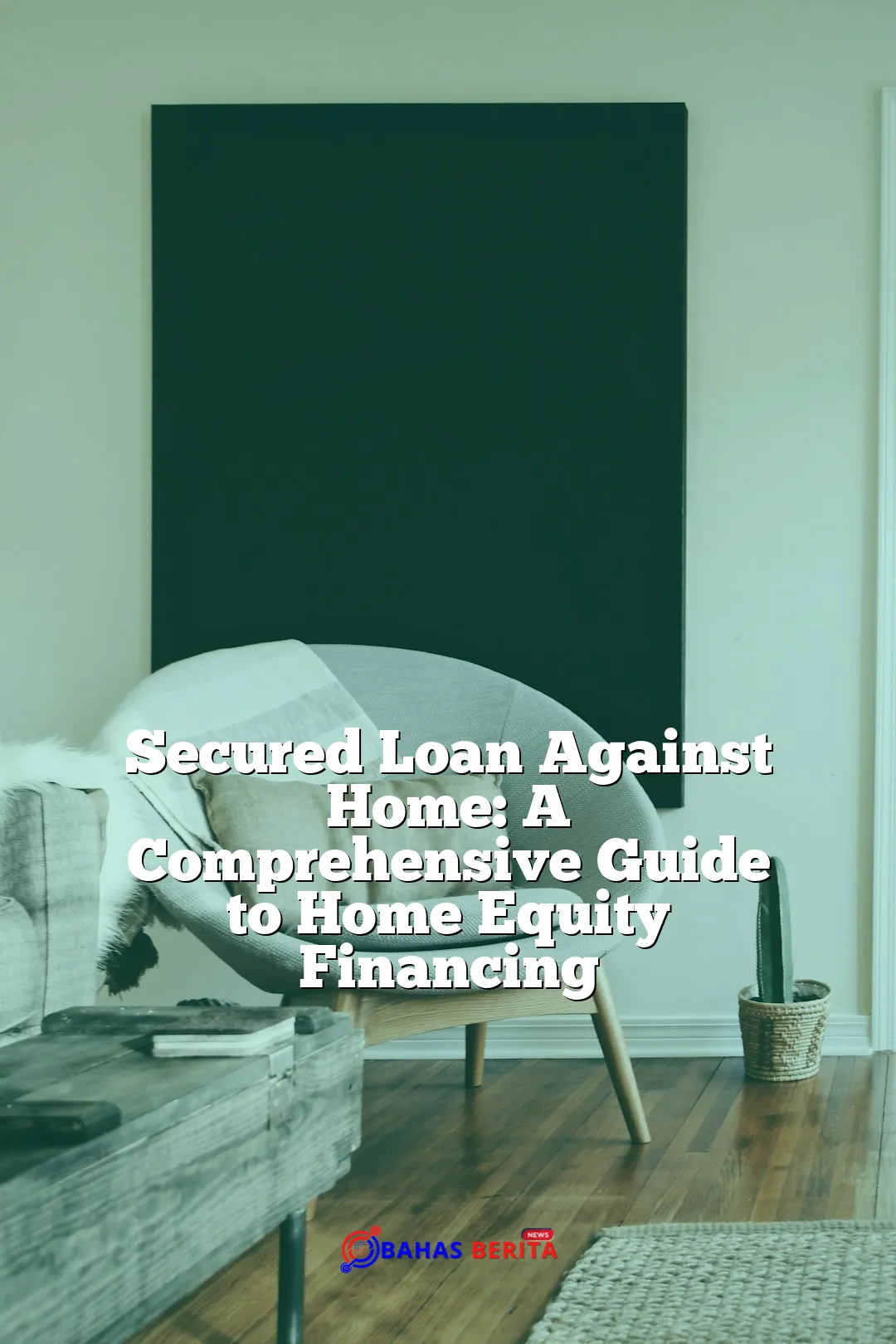Advertisement
In the realm of homeownership, the secured loan against home emerges as a powerful financial tool, offering homeowners access to substantial funds backed by the equity in their property. This comprehensive guide delves into the intricacies of secured loans against home, empowering homeowners with the knowledge to make informed decisions and unlock the potential of their home equity.
As we navigate the complexities of secured loans against home, we will explore the eligibility criteria, loan terms, application process, repayment options, risks, and alternative financing solutions. By equipping ourselves with this knowledge, we can harness the power of home equity to achieve our financial goals and secure our financial well-being.
Definition and Overview

A secured loan against home, also known as a home equity loan or home equity line of credit (HELOC), is a loan that is secured by your home. This means that if you default on the loan, the lender can foreclose on your home and sell it to repay the debt.
Secured loans against home can be used for a variety of purposes, such as:
- Consolidating debt
- Financing home improvements
- Paying for education
- Starting a business
- Investing
Secured loans against home can be a good way to get a lower interest rate than you would on an unsecured loan, such as a personal loan. This is because the lender is taking on less risk by lending you money that is secured by your home.
Eligibility and Requirements
 mortgage advantages disadvantages” title=”Loan mortgage advantages disadvantages” />
mortgage advantages disadvantages” title=”Loan mortgage advantages disadvantages” />
To be eligible for a secured loan against home, you must typically have:
- A good credit score
- A steady income
- Equity in your home
The amount of equity you have in your home will determine how much you can borrow. Lenders typically require you to have at least 20% equity in your home to qualify for a secured loan.
To apply for a secured loan against home, you will need to provide the lender with the following information:
- Your income and debt information
- Your credit score
- An appraisal of your home
The lender will use this information to determine whether you qualify for a loan and how much you can borrow.
Loan Terms and Conditions

Secured loans against home can have different interest rates, loan terms, and fees. The interest rate on a secured loan against home will typically be lower than the interest rate on an unsecured loan. However, the loan term may be longer, and there may be fees associated with the loan.
The following table compares the interest rates and loan terms from different lenders:
| Lender | Interest Rate | Loan Term |
|---|---|---|
| Lender A | 3.99% | 15 years |
| Lender B | 4.25% | 20 years |
| Lender C | 4.50% | 25 years |
The fees associated with a secured loan against home can include:
- Application fee
- Origination fee
- Closing costs
It is important to compare the interest rates, loan terms, and fees from different lenders before choosing a loan.
Application Process
The application process for a secured loan against home is typically as follows:
- Pre-approval: You can get pre-approved for a loan by providing the lender with your basic financial information. This will give you an idea of how much you can borrow and what your interest rate will be.
- Formal application: Once you have found a loan that you are comfortable with, you will need to submit a formal application. The application will require you to provide the lender with detailed financial information, including your income, debts, and assets.
- Loan approval: The lender will review your application and make a decision on whether to approve your loan. If your loan is approved, the lender will send you a loan commitment letter.
- Closing: Once you have received the loan commitment letter, you will need to sign the closing documents. The closing documents will include the loan agreement, the mortgage note, and the deed of trust.
The following table summarizes the key steps in the application process and the typical timelines:
| Step | Timeline |
|---|---|
| Pre-approval | 1-2 days |
| Formal application | 2-4 weeks |
| Loan approval | 1-2 weeks |
| Closing | 1-2 weeks |
Repayment Options
:max_bytes(150000):strip_icc()/what-difference-between-secured-and-unsecured-debts.asp-final-c2040f78625b44d98372ea024fa51697.png)
There are a variety of repayment options available for secured loans against home. The most common repayment option is to make monthly payments that include both principal and interest. You can also choose to make interest-only payments for a period of time, or to make bi-weekly payments.
The length of your loan term will affect your monthly payments. A shorter loan term will result in higher monthly payments, but you will pay off your loan faster. A longer loan term will result in lower monthly payments, but you will pay more interest over the life of the loan.
The following table provides examples of repayment schedules for different loan amounts and terms:
| Loan Amount | Loan Term | Monthly Payment |
|---|---|---|
| $100,000 | 15 years | $841 |
| $100,000 | 20 years | $691 |
| $100,000 | 25 years | $583 |
Risks and Considerations: Secured Loan Against Home
There are some risks associated with secured loans against home. The biggest risk is that you could lose your home if you default on the loan. Other risks include:
- Interest rate risk: The interest rate on your loan could increase, which would increase your monthly payments.
- Property value risk: The value of your home could decline, which could make it difficult to sell your home or refinance your loan.
- Prepayment penalty: Some lenders charge a prepayment penalty if you pay off your loan early.
It is important to weigh the risks and benefits of a secured loan against home before you decide if it is the right option for you.
Alternatives to Secured Loans Against Home
:max_bytes(150000):strip_icc()/secured-loans-2386169_final-cbd3a613da25474fa240c59185879183.jpg)
There are a number of alternative financing options available for homeowners who do not want to take out a secured loan against home. These options include:
- Home equity line of credit (HELOC): A HELOC is a line of credit that is secured by your home. You can use a HELOC to borrow money as you need it, and you only pay interest on the amount of money that you borrow.
- Personal loan: A personal loan is an unsecured loan that is not backed by collateral. Personal loans typically have higher interest rates than secured loans, but they can be a good option for homeowners who do not have enough equity in their home to qualify for a secured loan.
- Credit card: Credit cards can be used to borrow money for a variety of purposes, including home improvements and debt consolidation. However, credit cards typically have high interest rates, so it is important to use them wisely.
The following table summarizes the key differences between secured loans against home and alternative financing options:
| Feature | Secured Loan Against Home | HELOC | Personal Loan | Credit Card |
|---|---|---|---|---|
| Interest rate | Lower | Variable | Higher | Highest |
| Collateral | Your home | Your home | None | None |
| Repayment terms | Fixed | Variable | Fixed | Variable |
| Fees | Closing costs, origination fee | Annual fee, transaction fees | Origination fee | Annual fee, late fees |
